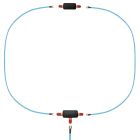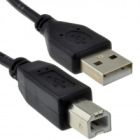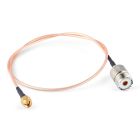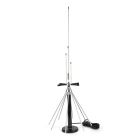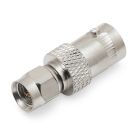Be the first to review this product
CB/MARINE/SCANNERS/AIRBAND
- Base Antennas - Marine
- Boat Antennas - Marine
- Handheld Antennas - Marine
- Antenna Tuner - Marine
- TV Antennas - Marine
- Antenna Mounts - Marine
Professional Radio


